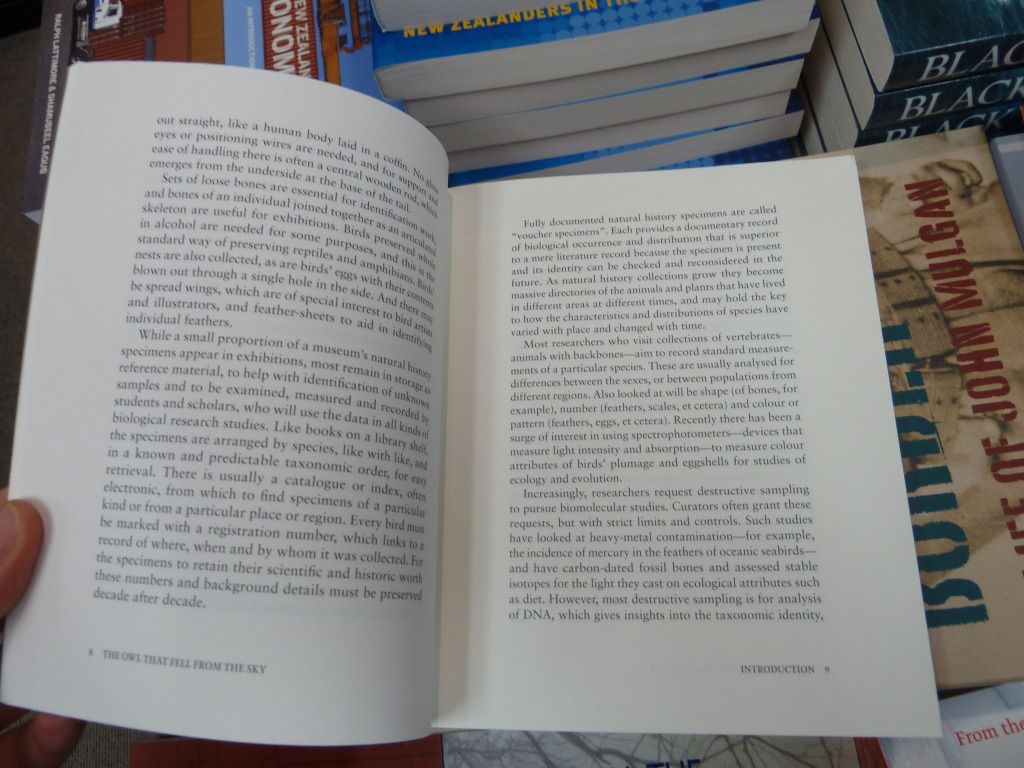Today I decided to see how a physical dictionary compared with the electronic dictionary on my kindle. For this extremely scientific test, I decided to give the hardcopy dictionary the best chances possible, so I recruited my brother to use the kindle (as he's never used one before), and I used the hardcopy dictionary. The only hardcopy dictionary floating around was an old dictionary, this one to be specific:
It has one very handy feature, namely these indented 'steps' that make it easy to quickly find a particular section:
The kindle, in comparison, comes with a built-in dictionary. Once you've opened it, all you need to do is start typing in the word. Like so:
So let's see how the two compare (the times are in seconds):
I've highlighted the winner for each word. Initially my brother's inexperience with the kindle made him slower than the dictionary, but he very quickly became familiar with it, and after that there was no beating him. What's surprising about this result is not that the kindle was faster, but that the physical dictionary is not very much slower (I suspect those in-built indents help a lot). With a larger dictionary, the speed difference would of course increase substantially.
Layout-wise, the hard-copy dictionary is much more aesthetically pleasing, but the kindle layout is less cramped as it doesn't have to fit multiple definitions on each page.
By far the fastest and easiest electronic dictionary to use, however, is the online one. The search box is easy to find, and you can quickly type in words using the keyboard.
Once you've found your word, you get a lot of information, but it's very easy to navigate. To the right a box pops up with related words that you might be interested in.

















